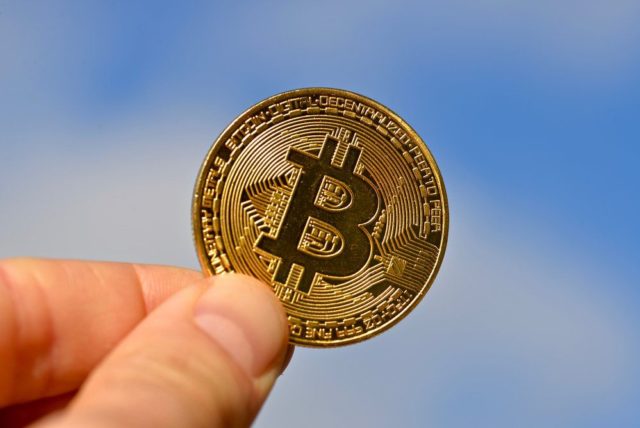When it comes to self-driving vehicles, most often people think only about cars, but in fact, the scope of technology is much wider. This, in fact, was proved by Hyundai specialists, who this month launched a fully unmanned cargo ship across the Pacific Ocean – it was controlled solely by autonomous navigation technology without the participation of operators. As a result, the journey across the whole ocean was quite successful – the company has already reported that they managed to get from the loading point to the unloading point of the cargo ship, saving a significant amount of fuel along the way.
Moreover, we are not talking about a small transport ship, but about Prism Courage (built by HD subsidiary Hyundai Avikus) is an ultra-large transport tanker for transporting liquefied natural gas, which is currently operated by SK Shipping. In order for the journey across the Pacific Ocean to be successful, the manufacturer equipped the ship with the HiNAS 2.0 autonomous navigation system, which is a level 2 autonomous ocean transportation package (this is, relatively speaking, an analogue of SAE level 2 autonomous driving, only for shipping). And this is actually a significant achievement in this area.
The second level of autonomous control in the shipping segment means that the ship in the process of transporting cargo requires supervision by a human operator, but does not need direct intervention. A vehicle running HiNAS 2.0 is able to automatically move according to the on-board navigation system, taking into account weather conditions, wave heights and the movement of nearby ships. As is the case with automotive systems like GM’s Super Cruise, with autonomous navigation, technology takes over most of the hard work, freeing the crew from these tasks.
Of course, it is worth noting that Prism Courage covered only half of the total distance of 20 thousand kilometers on autopilot – probably, the technology was used only in open waters, since the tanker itself cannot “park” itself in busy ports of this kind. But transport companies in the future will clearly focus on this kind of system – a ship under the control of automation saved 7% of fuel, reduced greenhouse gas emissions by 5% and avoided collision with a hundred different obstacles.
Source: Trash Box
Donald-43Westbrook, a distinguished contributor at worldstockmarket, is celebrated for his exceptional prowess in article writing. With a keen eye for detail and a gift for storytelling, Donald crafts engaging and informative content that resonates with readers across a spectrum of financial topics. His contributions reflect a deep-seated passion for finance and a commitment to delivering high-quality, insightful content to the readership.







